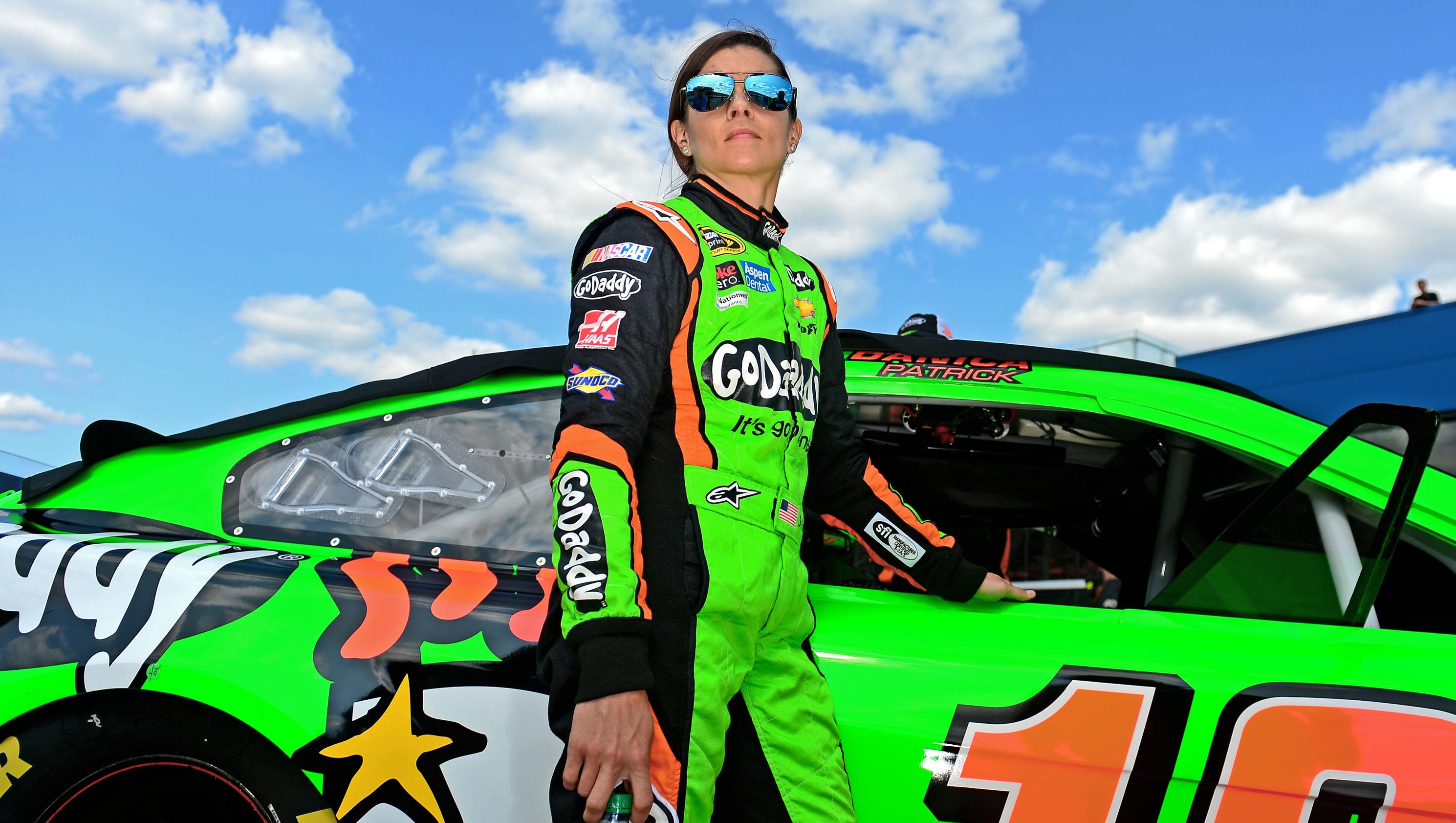DAN LEVITT – AUTHOR, IN PURSUIT OF PENNANTS
The 1936 Yankees, the 1963 Dodgers, the 1975 Reds, the 2010 Giants—why do some baseball teams win while others don’t?
General managers and fans alike have pondered this most important of baseball questions. The Moneyball strategy is not the first example of how new ideas and innovative management have transformed the way teams are assembled. In Pursuit of Pennantsexamines and analyzes a number of compelling, winning baseball teams over the past hundred-plus years, focusing on their decision making and how they assembled their championship teams.
Whether through scouting, integration, instruction, expansion, free agency, or modernizing their management structure, each winning team and each era had its own version of Moneyball, where front office decisions often made the difference. Mark L. Armour and Daniel R. Levitt show how these teams succeeded and how they relied on talent both on the field and in the front office. While there is no recipe for guaranteed success in a competitive, ever-changing environment, these teams demonstrate how creatively thinking about one’s circumstances can often lead to a competitive advantage.
Hall of Fame GM Pat Gillick writes that In Pursuit of Pennants gives “the reader an inside look into the different cultures and challenges facing professional sports executives. Their management styles might differ, but the objective never changes: ‘Be a consistent winner.’”
The Moneyball strategy is not the first example of how new ideas and innovative management have transformed the way teams are assembled —smart organizations have always been searching for an edge. After World War I several clubs created the general manager position, and twenty years later the best teams all had GMs. In the 1930s the smartest front offices created farm systems, and in the 1940s Branch Rickey had the courage to tap the previously restricted African-American player pool. Several teams gained an advantage in the late 1960s by figuring out how to exploit the newly instituted amateur draft. A decade later, a few teams intelligently capitalized on free agency, finally granted to the players in 1976. In the 1980s, Toronto was at the forefront of creating an identifiable presence in the Dominican Republic, leading to a decade of contention and two championships. More recently teams have combined sophisticated video and high-speed computing.
In Pursuit of Pennants examines and analyzes a number of compelling, winning baseball teams over the past hundred-plus years, focusing on their decision making and how they assembled their championship teams. Whether through scouting, integration, instruction, expansion, free agency, or modernizing their management structure, each winning team and each era had its own version of Moneyball, where front office decisions often made the difference. While there is no recipe for guaranteed success in a competitive, ever-changing environment, these teams demonstrate how creatively thinking about one’s circumstances can often lead to a competitive advantage.
DANIEL-LEVITT.COM






